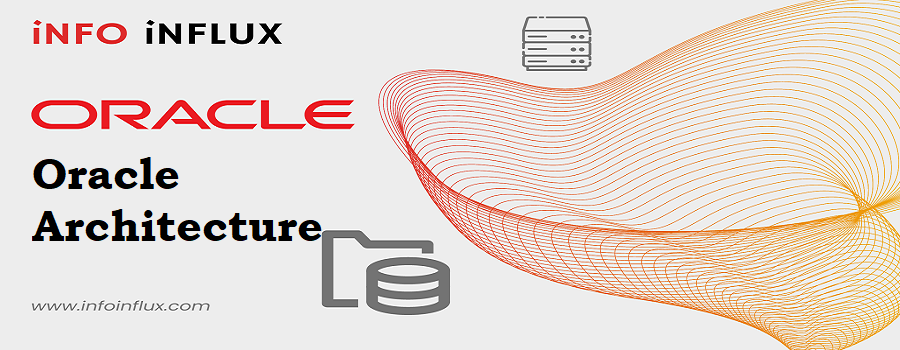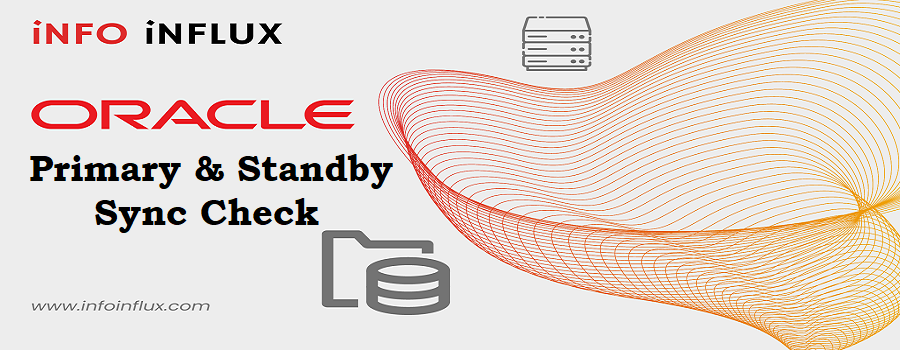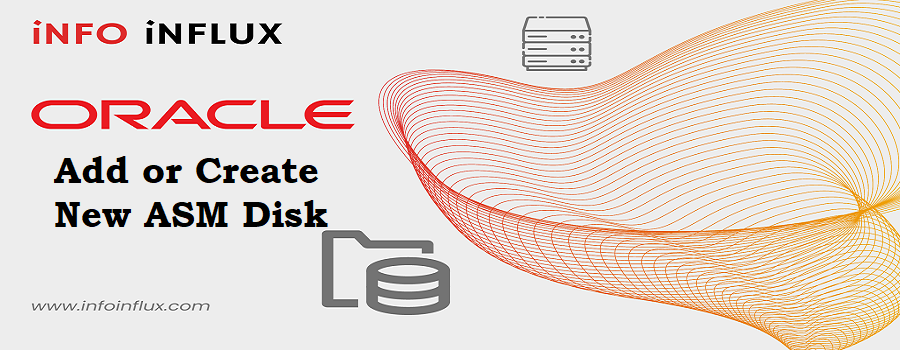Oracle Data Guard is a high-availability solution provided by Oracle Corporation to enhance the resilience and availability of Oracle databases. It enables the creation, maintenance, and monitoring of one or more standby databases that can be used for disaster recovery, reporting, or backup purposes. The primary database (also known as the production database) is kept in sync with one or more standby databases, providing data protection and minimizing downtime in case of failures.
The architecture of Oracle Data Guard involves several key components, which work together to ensure data replication and continuous availability. Here’s an overview of the main components and their roles:
1. Primary Database
The primary database is the main production database that serves all read-write operations and is the source of data replication. Any changes made to the primary database are transmitted to the standby databases to keep them in sync.
2. Standby Database
Standby databases are synchronized copies of the primary database. They are used for disaster recovery purposes or as reporting databases.
There are three types of standby databases:
a) Physical Standby Database
In this mode, changes from the primary database are transmitted in the form of archived redo logs to the standby database, where they are applied to keep the data consistent.
b) Logical Standby Database
This mode allows the standby database to be opened read-write for reporting purposes. Data changes from the primary database are transformed into SQL statements and applied to the logical standby.
c) Snapshot Standby Database
This mode allows a physical standby database to be temporarily opened as a read-write database for testing or reporting purposes. However, it can be easily converted back to a physical standby.
3. Key Components and Services:
a) Redo Transport Services
Redo Transport Services are responsible for transmitting the redo data (changes made to the primary database) to the standby database(s). There are several methods for redo transport, including synchronous and asynchronous methods, which can be chosen based on the required level of data protection and performance considerations.
b) Apply Services
Apply Services are responsible for applying the received redo data to the standby database. The apply services differ based on the type of standby database:
c) Physical Standby Apply
Redo data is applied to the physical standby database to keep it synchronized with the primary database.
d) Logical Standby Apply
SQL statements generated from redo data are applied to the logical standby database to keep it consistent with the primary database.
e) Data Guard Broker
Data Guard Broker is a management framework provided by Oracle to simplify the configuration, monitoring, and maintenance of Data Guard environments. It provides a centralized interface for managing primary and standby databases and automates failover and switchover procedures.
f) Fast-Start Failover (FSFO) and Automatic Failover
These features enable automatic failover to a standby database in case of a major failure on the primary database. FSFO automates the failover process to minimize downtime.
g) Observer
The Observer is an optional component that assists in monitoring the primary and standby databases to determine the health of the Data Guard configuration. It helps in facilitating fast-start failover.
The architecture of Oracle Data Guard allows organizations to maintain a highly available and resilient database environment, ensuring data protection and disaster recovery capabilities. It is a critical component for mission-critical systems that require continuous operations with minimal downtime.




Pingback: Primary & Standby SYNC Check - Info Influx